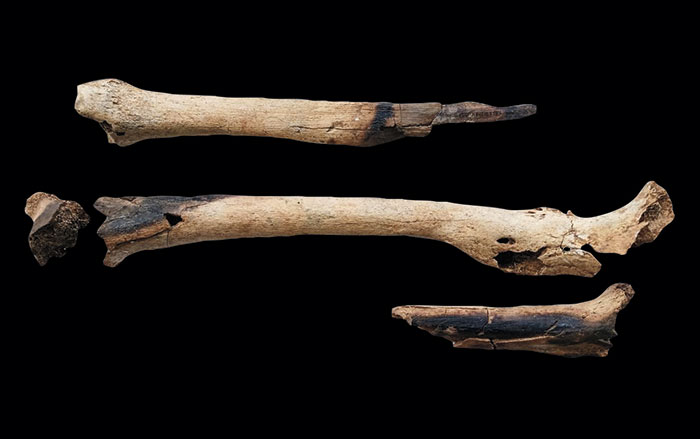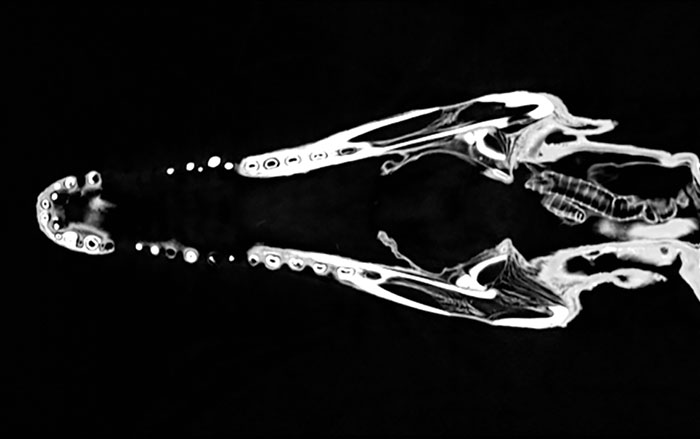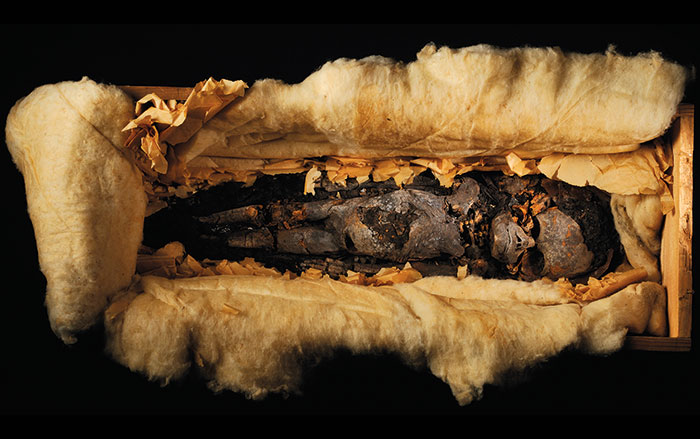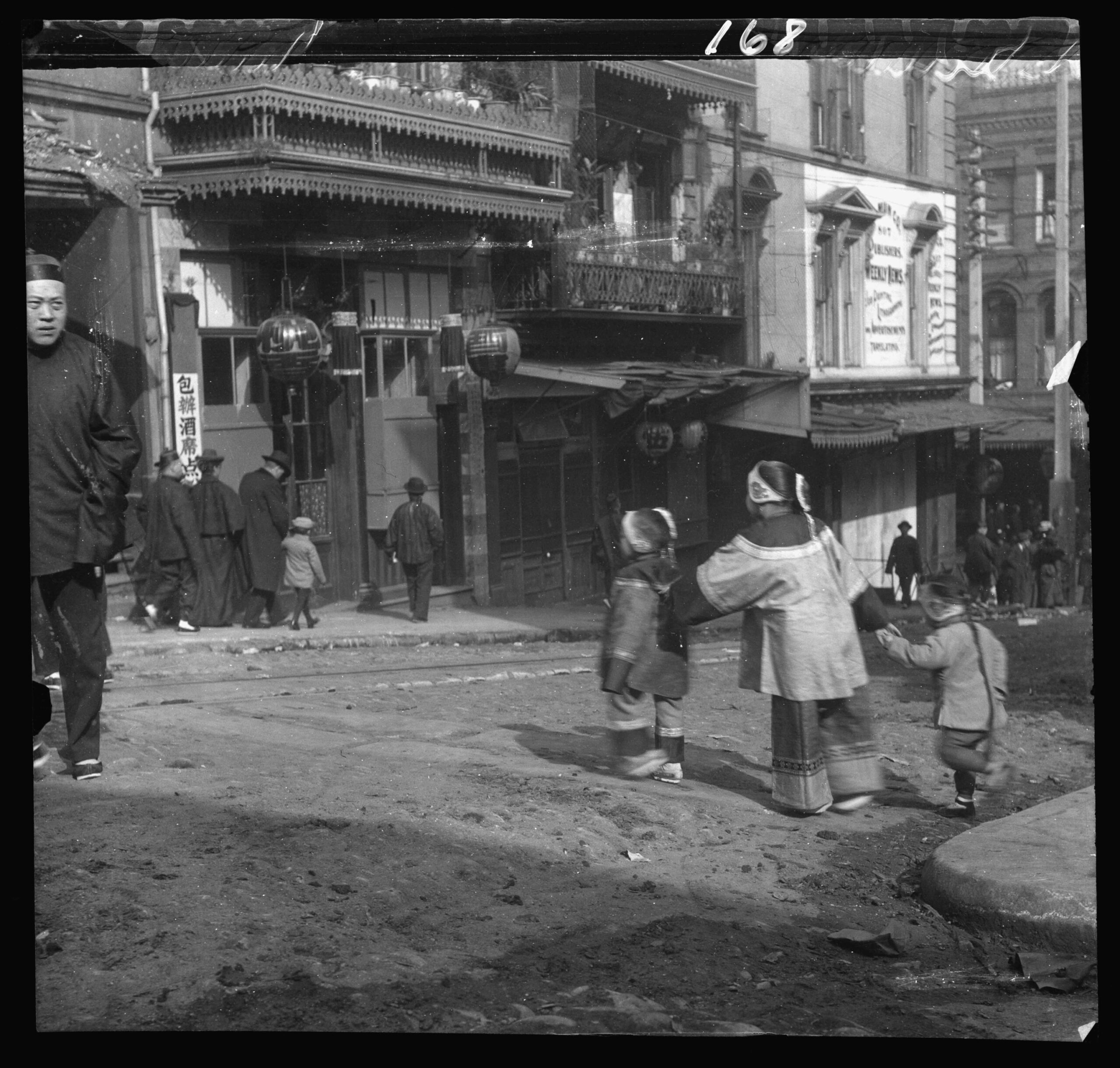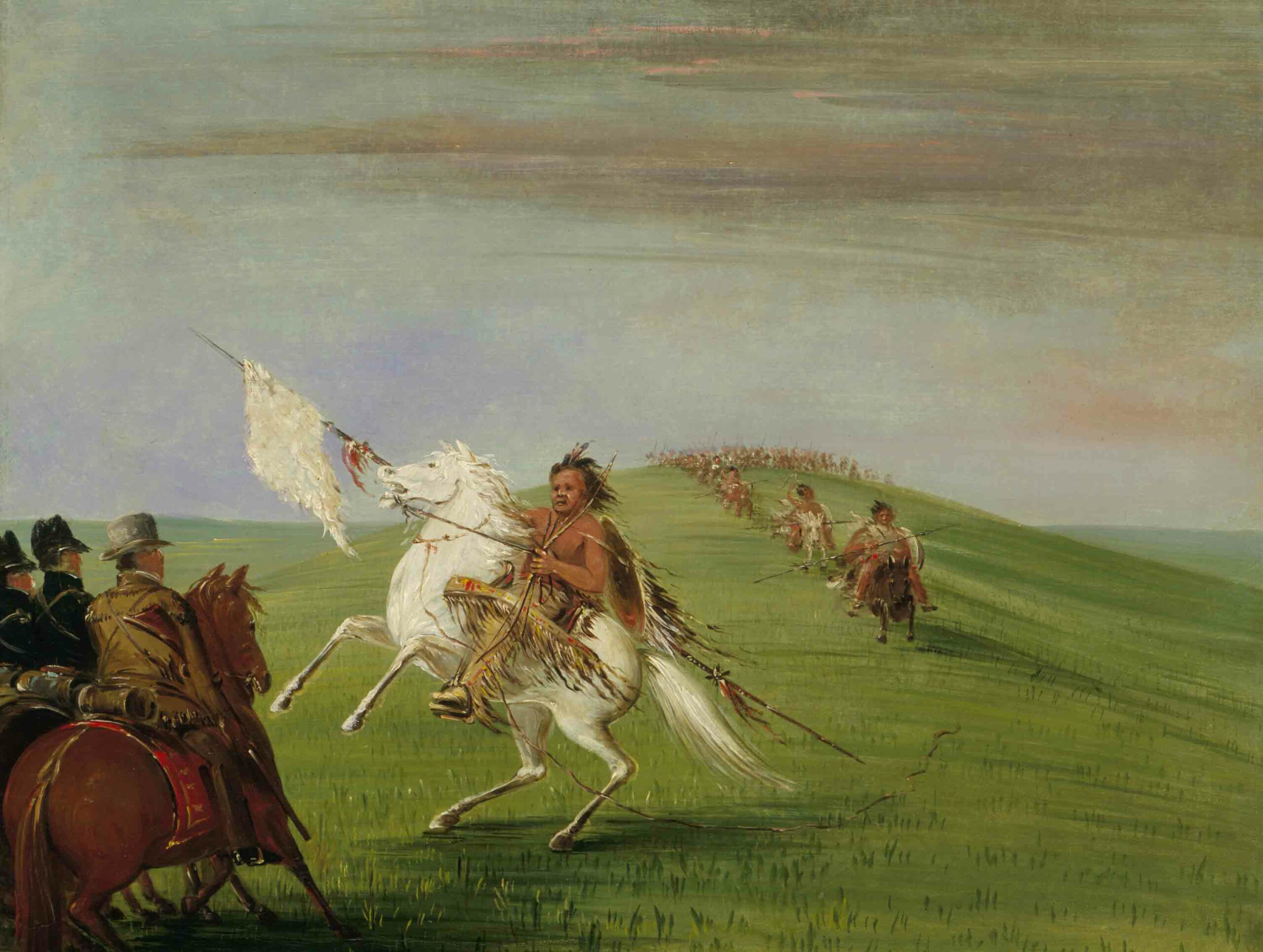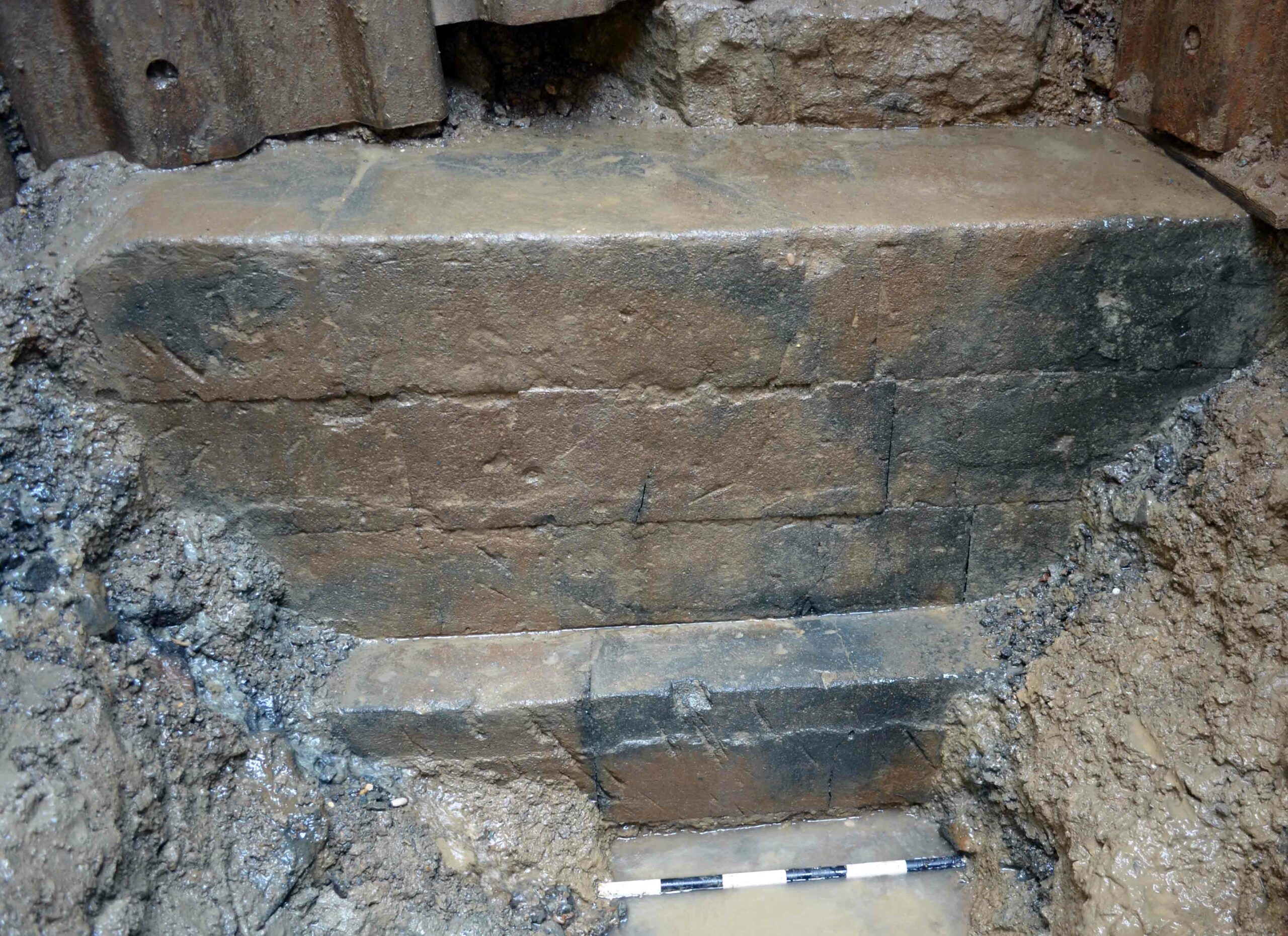
Bronze Age mummies in China’s Taklamakan Desert were buried with the earliest known pieces of cheese affixed to their necks and chests. Chemist Andrej Shevchenko of the Max Planck Institute of Molecular Cell Biology and Genetics in Dresden came to that conclusion after analyzing several enigmatic pieces of yellow matter found on the mummies, which date to between 1980 and 1450 B.C.
Shevchenko was able to isolate proteins characteristic of cheese in the samples, and was even able to identify the kinds of yeast and bacteria used in the fermentation process. “That’s what makes this so exciting,” says Shevchenko. “We know that cheese was made as early as the sixth millennium B.C.., but this is the first evidence that shows just how people were making it.” Shevchenko points out that just 20 years ago organic matter such as these pieces of cheese might have been ignored and disposed of. “With the technology we have now, no one should throw out anything,” says Shevchenko.


